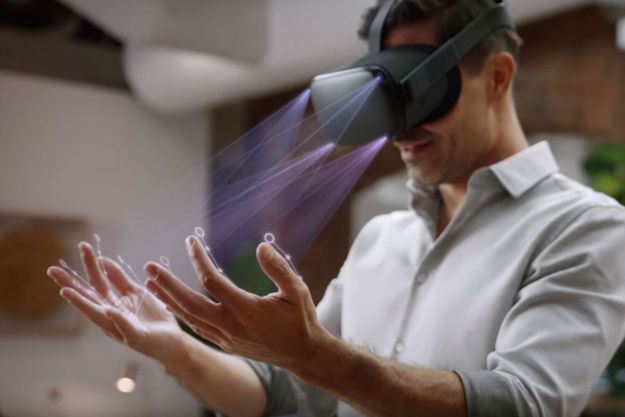The demo, called “full body awareness experiment,” involves a soldier avatar whose limb and torso locations line up roughly with the player’s thanks to the extra sensors. That allows the player to reach down and touch their chest, legs or feet and have the action reflected accurately within the game, theoretically increasing immersion via that sense of “presence” VR devs are always chasing.
Cloudgate Studio is the developer behind the popular Brookhaven Experiment, a “VR survival shooter” released for HTC Vive last summer. For the “full body awareness experiment” the developers used their experience with motion capture and other related fields to jury-rig the full-body VR suit over the course of a weekend, though they’d envisioned the experiment as early as a year ago, Polygon said.
For now, the feet-tracking VR demo is just a YouTube video, but this type of full-body virtual reality experience should become more common later this year as developers get their hands on HTC’s official Vive Trackers. The small black discs, which can be attached to objects to make them detectable by the Vive’s sensors, should prove easier to strap to players’ shoes than full-sized controllers.
Whether it’s wise to encourage players to flail their feet around with expensive, sight-obscuring technology strapped to their bodies is, thankfully, a question for philosophers, not developers.
Editors' Recommendations
- HTC aims to turn your carpool into a VR roller coaster
- HTC Vive Flow hands-on: A weird, compact VR headset for meditation and wellness
- The most common HTC Vive problems, and how to fix them
- How to watch HTC’s ViveCon today, the ‘most important VR event of the year’
- Two new ‘game-changing’ VR headsets could arrive at HTC’s ViveCon next week


